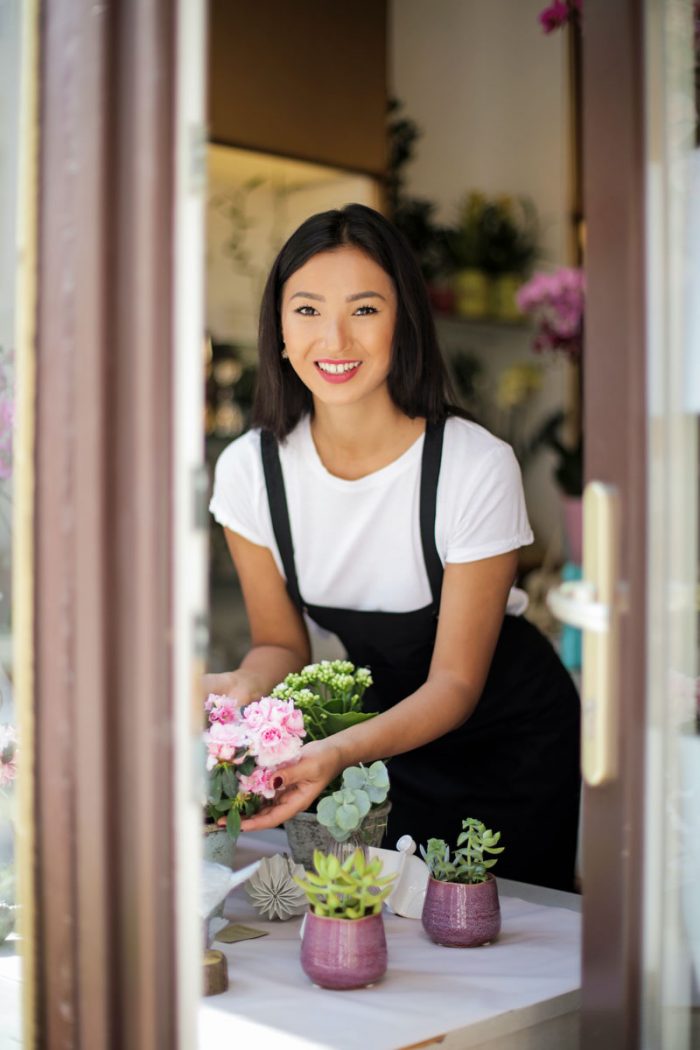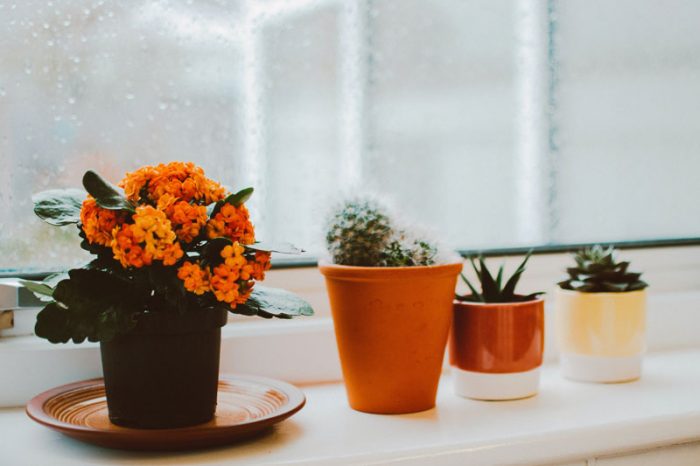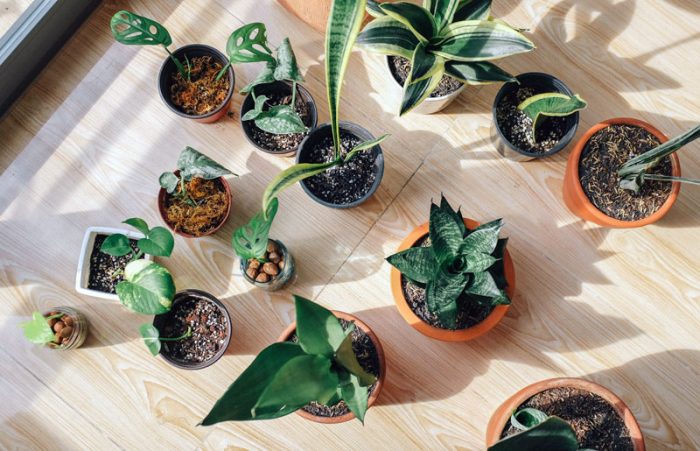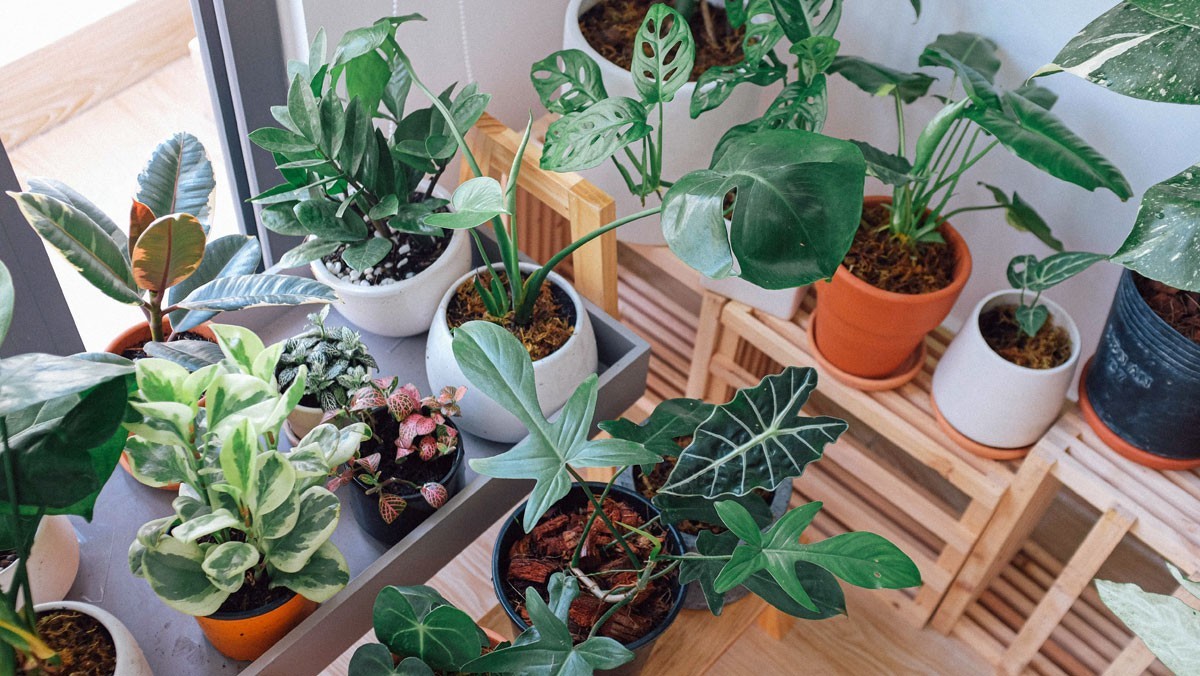If you are a city dweller who is aching for a garden, it is time to start your dream urban garden. Growing plants in the city in an apartment may sound hardly possible to you. However, it’s not that hard and it’s even preferable. You don’t need a wide-open space and first-class soil to practice your green thumb. All you need is some containers, dirt, plants, windowsill or some small outdoor space. Before you start, read this easy to follow guide for urban gardening and create your perfect garden.
What is urban gardening?
Urban gardening is a practice of growing plants in an urban environment. At heart, it is a garden on a small space such as a rooftop, patio, or a small patch of ground where you can install a raised bed. If you have any kind of overhanging, all kinds of plants can be planted in the hanging baskets. Flowers, of course, but salad greens, strawberries, and tomatoes can also flourish in the basket. Window boxes are also a great idea to put some greenery in your living room if you have south-facing windows. You can find inspiration in some of the indoor garden ideas and start from the beginning.

Choose the containers
Containers are the focal point of urban gardening. They are available in all shapes and sizes and completely mobile, if you, at some point decide to hire a moving company such as capitalcitymovers.us and to move to another apartment. Since they are movable, you can put them inside when the weather is bad and take them outside when spring arrives. However, you must choose containers wisely, because if the container is too large it won’t fit your space, if it’s too small the plant won’t like it. Make sure you have drainage holes on the bottom of the containers. These holes will help excess water to escape, otherwise, the plant may rot. Another way to make a drainage system is to put a layer of small stones or crushed rocks at the bottom of the container. This will make extra space between roots and water.
Choose the right plants
Some plants like more sun, others can blossom without the sun. There are plants that don’t need to be watered every day, others need a lot of water. You have to do your research and find out whether your plants like sun or shade. Vegetables and herbs require a healthy dose of sunshine. There are many resilient plants for low-maintenance urban gardening and some of them are:
- hens and chicks
- coneflowers
- petunia
- zinnia
- daylily
Also, there are herbs like parsley, thyme or sage that can be grown together in one container. So, choose the right plants for you and your home and plant happiness in your garden.

Plants need space
When you are deciding what type of container to use for your plants, make sure that they have plenty of room to grow. You can ask your local nursery how much soil each plant needs. There are some vegetables that don’t need as much growing space, some can be grown in the same container, while others require a lot of soil. A single tomato plant, for example, needs at least a 5 gallon container.
Feed your plants
The soil content is vital and it is better to use potting mix instead of soil from the ground because potting mix drains excess water better. The potting mix consists of vermiculite, perlite, peat, and compost. You need to make sure that the potting mix comes up to about 1 to 2 inches below the top of the container. The important thing to know is that these plants are container-grown and as such, they can’t draw nutrients naturally from the ground. Therefore, they stand in need of extra care. Add organic fertilizer to the top few inches of your potting mix and provide macronutrients and micronutrients that your plants need. Don’t forget to find an organic way to protect your garden from pests.

Water your garden carefully
Plants love water, but don’t over-water them! It is important to thoroughly soak the entire container each time you water, but pour away any extra water in the saucer. If you leave the water in the saucer under the plant, the root will rot. The signs of rot include wilting, and many people assume that the plant needs more water, which does even more damage. If you can’t tell whether your plant needs more or less water, gently pull the plant out of the container. Brown and slimy roots are a sign of root rot and you should water it less. On the other hand, if your urban garden is exposed to direct sun, you may need to water your plants every day.
Benefits of urban gardening
Urban gardening has a positive impact on the economy, environment, and food security. Yet, it is so much more than that. It may sound silly, but people find solace in having plants in their homes or offices. It can also reduce the stress level and increase general emotional and social well-being. By practicing urban gardening you can become more physically active since there is so much to do to maintain a garden. Plus, it can create a sense of belonging. In some cases, urban gardening is done in communal spaces like rooftops, where every person gets an area where they can sow their plants. This can establish a sense of community among people otherwise independent and isolated. Therefore, urban gardening isn’t just a hobby and it is great to be an urban gardener.

